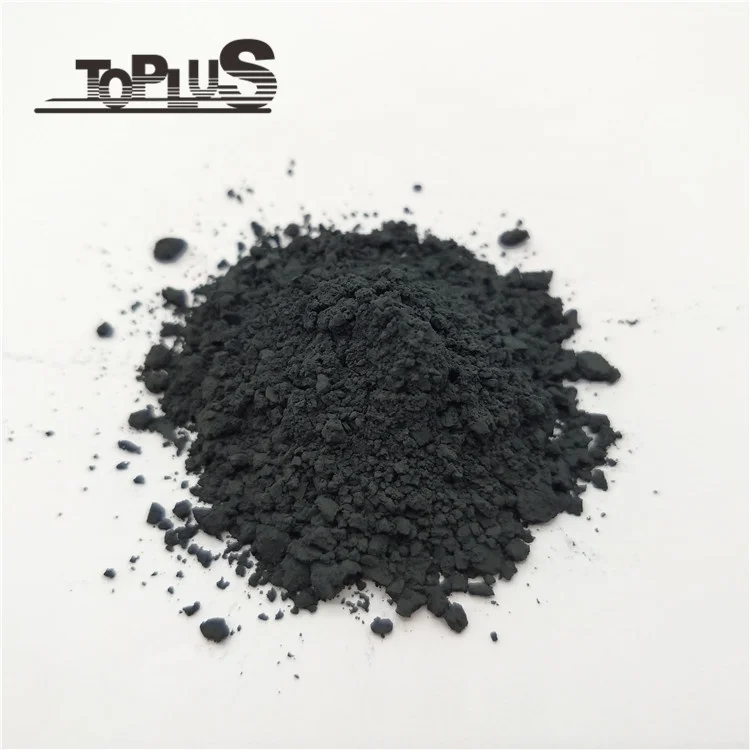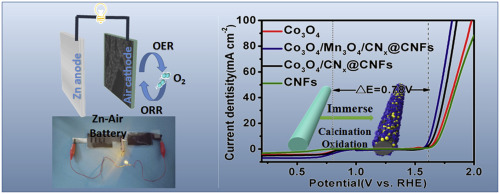
Among various electrochemically driven techniques, electrodeposition is a versatile and simple method with tunability in nucleation and growth, morphology, and deposit composition 26, 27, 28. As such, technologies that can complement or assist in process intensification of these complex purification trains are urgently needed, especially if they can lower either thermal/chemical consumption or waste generation.Īs an alternative, electrochemical methods have been suggested as a promising approach, which, in combination with renewable sources, allow for sustainable and distributed processes for metal recycling 25. Of particular note, solvent extraction and precipitation usually exhibit high selectivity performance but can often incur large chemical costs or waste and may face challenges concerning complex solution/speciation chemistry 9, 24. A comparison of different state-of-the-art cobalt/nickel separation techniques is summarized in Supplementary Table 1 to provide benchmarks for selectivity. Also, there have been extensive studies at a laboratory scale for the separation of cobalt and nickel, such as solvent extraction 12, 13, precipitation 14, adsorption 15, 16, 17, 18, 19, 20, 21, intercalation 22, and dialysis 23, all of which can be beneficial for cobalt/nickel recovery in the NMC chemistry regime. State-of-the-art recycling processes (e.g., LithoRec process, a laboratory-scale process by Aalto University) rely on solvent extraction, precipitation, or a combination of these as a way of separation of cobalt and nickel 11. The selective separation of cobalt and nickel from post-leaching solution is critical to ensuring a sustainable method of recovering each constituent metal with high purity, but it is challenging due to the similar physicochemical properties of cobalt and nickel. In a subsequent leaching step, the constituent elements in the solid phase are transferred into a liquid phase for further purification.
#Cobalt manganese oxide series#
In general, hydrometallurgical processes for cathode recycling involve a series of pretreatment steps, including discharging, dismantling, separating, and harvesting of active materials from a current collector 10. Thus, there is urgent pressure to develop sustainable strategies to recover critical elements from the potentially valuable secondary resources 9.Ĭonsidering the high content of valuable d-block elements, the recycling of multi-metallic cathodes, such as lithium nickel manganese cobalt oxide (NMC) cathode, has received particular attention. The future demand for critical elements, especially cobalt and nickel, has been predicted to exceed identified reserves 1, 4, 5, 6, and there are increasing geographical, environmental, and political pressures related to primary mining operations 7, 8. Spent lithium-ion batteries (LIBs) contain critical elements, such as lithium (5–8%), cobalt (5–20%), nickel (5–10%), and manganese (10–15%), and nickel–metal hydride batteries also possess a high content of nickel (36–42%) and cobalt (3–5%) 2, 3. Worldwide consumption of electronic devices has led to a sharp increase in waste batteries 1. Based on a technoeconomic analysis, we identify the limiting costs arising from the background electrolyte, and provide a promising outlook of selective electrodeposition as an efficient separation approach for battery recycling. We report a final purity of 96.4 ± 3.1% and 94.1 ± 2.3% for cobalt and nickel, respectively. This strategy is applied for the multicomponent metal recovery from commercially-sourced lithium nickel manganese cobalt oxide electrodes.

Furthermore, functionalizing electrodes with a positively charged polyelectrolyte (i.e., poly(diallyldimethylammonium) chloride) changes the mobility of CoCl 4 2- by electrostatic stabilization, which tunes cobalt selectivity depending on the polyelectrolyte loading. Concentrated chloride allows for the speciation control via distinct formation of anionic cobalt chloride complex (CoCl 4 2-), while maintaining nickel in the cationic form ( +). Here, we demonstrate the synergistic combination of electrolyte control and interfacial design to achieve molecular selectivity for cobalt and nickel during potential-dependent electrodeposition. However, metals with close reduction potentials present a fundamental challenge for selective electrodeposition, especially for critical elements such as cobalt and nickel.


Molecularly-selective metal separations are key to sustainable recycling of Li-ion battery electrodes.


 0 kommentar(er)
0 kommentar(er)
